Quality investing is one of the best investment methods in the world.
Since 2010, the return of our investable universe with quality companies only was equal to 18.2% (!) per year. This is almost twice as good as the MSCI World.
Learn how to find quality stocks in this article.
What is a quality company?
For legendary quality investor Terry Smith, quality investing is based on 3 metrics:
Buy good companies
Don’t overpay
Do nothing
Here you can find a thread we recently wrote about Terry’s investment strategy:

Some great examples of quality companies can be found in Terry Smith’s portfolio (Fundsmith):
Chuck Akre’s three-legged stool also offers a great framework for quality investors:
Buy good, very profitable businesses with a wide moat
With capable and integer management
Which can reinvest a lot of free cash flow in organic growth
Chuck Akre is currently invested in beautiful companies like Mastercard, American Tower and O’Reilly Automotive.
Characteristics of quality companies
The million-dollar question is how to find these quality companies.
Quality companies have the following characteristics:
A wide moat
Integer management
Low capital intensity
Good capital allocation
High profitability
Attractive historical growth
A secular trend / optimistic outlook
Wide moat
Over the past decade, wide moat stocks outperformed no-moat stocks with more than 8% (!) per year.
You want to invest in clear market leaders with strong pricing power and a great product/service which customers love.
Integer management
Companies with skin in the game outperform companies who don’t with 3.6% per year on average.
You want to invest in businesses where the interests of management are aligned with yours as a shareholder. Think about companies like LVMH and Copart.
Learn more about skin in the game here:


Low capital intensity
The best companies require very little capital to operate.
Almost all compounding machines have a low capital intensity. Seek for companies with a CAPEX/Sales < 5% and CAPEX/Operational Cash Flow < 15%.
Some low CAPEX quality businesses: Automatic Data Processing (CAPEX/Sales: 1.2%), Domino’s Pizza (CAPEX/Sales: 2.2%) and Blackrock (CAPEX/Sales: 1.8%).
Good capital allocation
When a company earns cash they can do three things with the FCF they generate:
Reinvest for organic growth
Acquisitions (M&A)
Share buybacks and dividends
Seek for companies who reinvest most free cash flow in organic growth.
In general, the greater the capital allocation of a company, the better. Looking at ROIC and ROCE is a good start. We prefer companies with a ROIC greater than 20%.
Some examples of companies with great capital allocation metrics: Sherwin-Williams, Domino’s Pizza, Pool Corporation, and Adobe.
Source image: Safal Niveshak
High profitability
The free cash flow margin shows the percentage of sales that is translated into cash. When a company has a FCF margin of 30%, for every $100 the company sells, $30 of cash is generated.
The FCF margin of a company should be at least 15% (and preferably more than 20%). Furthermore, a high percentage (> 90%) of the companies’ earnings should be converted into free cash flow.
Performance since IPO
As a quality investor, you don’t want to invest in the next big thing. You want to invest in companies that have already won.
Only invest in companies that managed to generate a return of 15% per year for shareholders (CAGR) since their IPO.
Secular trend
The trend is your friend. A lot of quality companies are active in a strongly growing market.
Think about themes like urbanization (Otis), cybersecurity (Fortinet), datacenters (Arista Networks), hearing aids (Sonova), and obesity (Novo Nordisk).
Aim for companies which can grow their organic revenue with at least 7% per year in the foreseeable future.
Valuation
For quality investors, the quality of the business is more important than the valuation.
In the long run, your return as an investor is equal to:
Return = FCF growth per share + shareholder yield +/- multiple expansion (contraction)
The longer you invest in a company, the more important the FCF per share growth will become. When you can buy a great business at a fair price, great things will happen.
Does this strategy work?
Since 2010, the return of our investable universe with quality companies only was equal to 18.2% (!) per year. This is almost twice as good as the MSCI World.
This means a $10.000 investment would have become $87.300.
We are confident that in the future this outperformance will persist.
Conclusion
As a quality investor, you want to invest in the best companies in the world. Quality companies have the following characteristics:
A wide moat (competitive advantage)
Integer management
Low capital intensity
Good capital allocation
High profitability
Attractive historical growth
A secular trend / optimistic outlook
When you can pick up these companies at a fair valuation, you will end up with one hell of a result over time.
Compounding can be beautiful.
More from us
Do you want to read more from us? Please subscribe to our Substack where we provide investors with investment insights on a weekly basis. You can also follow us on Twitter, Linkedin, and Instagram.
If you have any questions, please email us via this button:
About the author
Compounding Quality is a professional investor which manages a worldwide equity fund with more than $150 million in Assets Under Management. We have read over 500 investment books and spend more than 50 hours per week researching stocks.



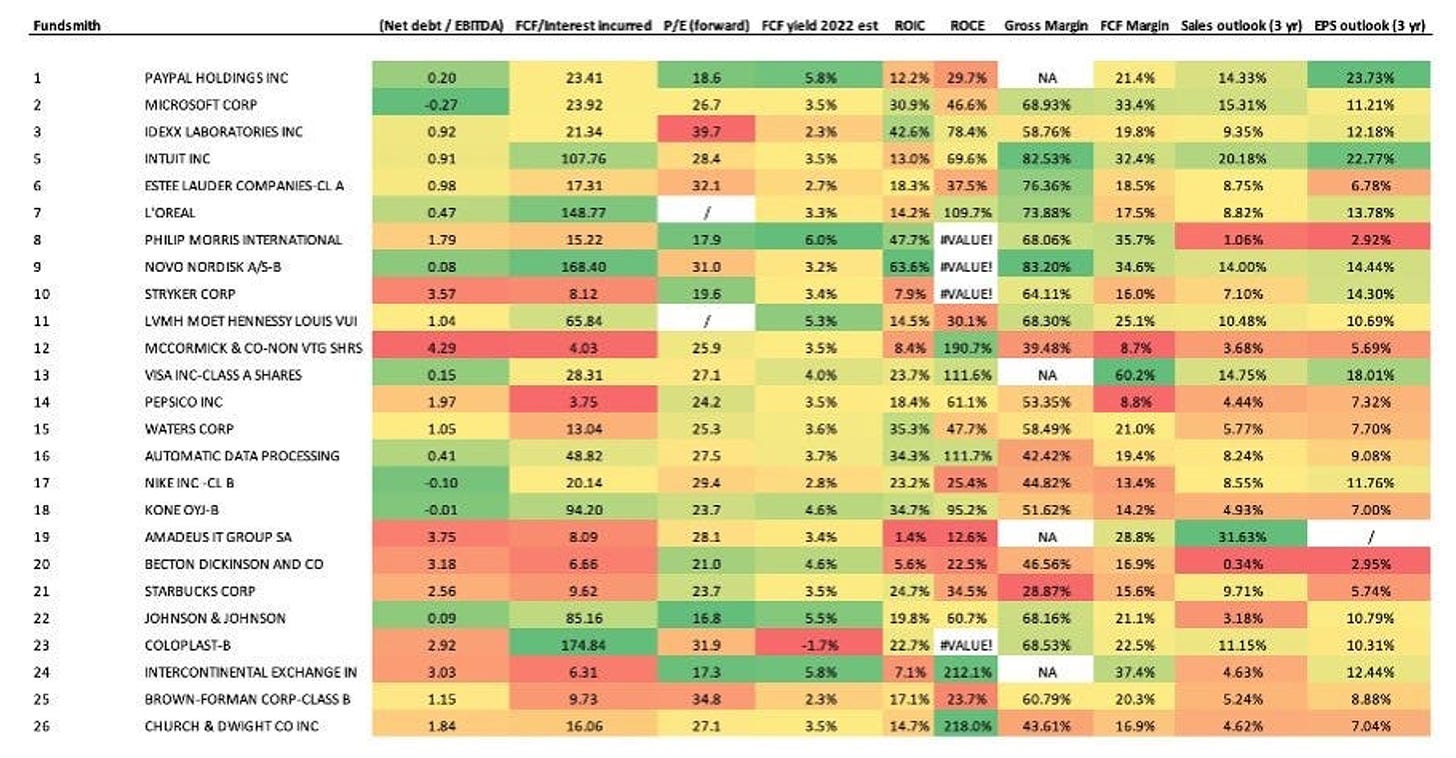
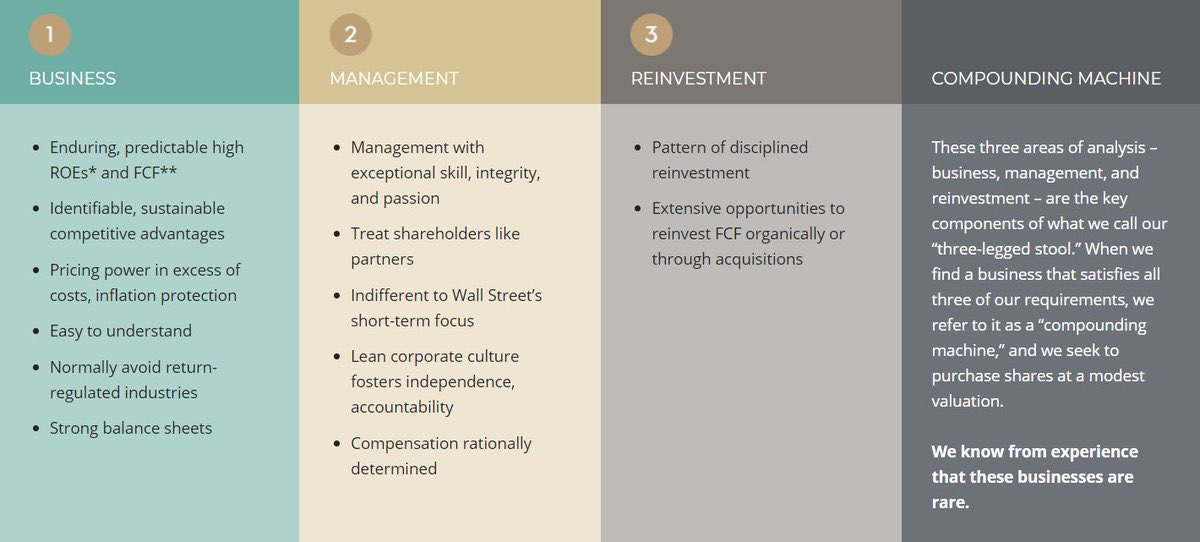
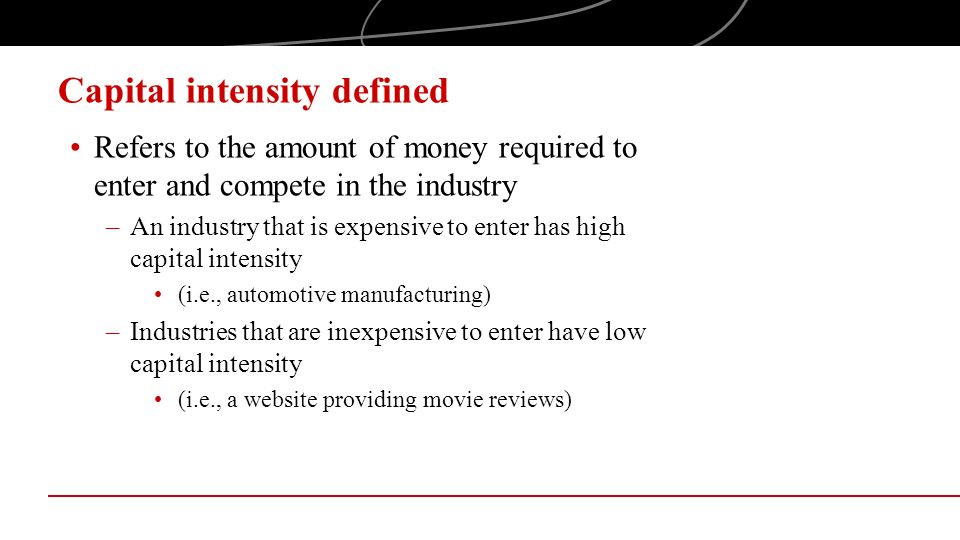
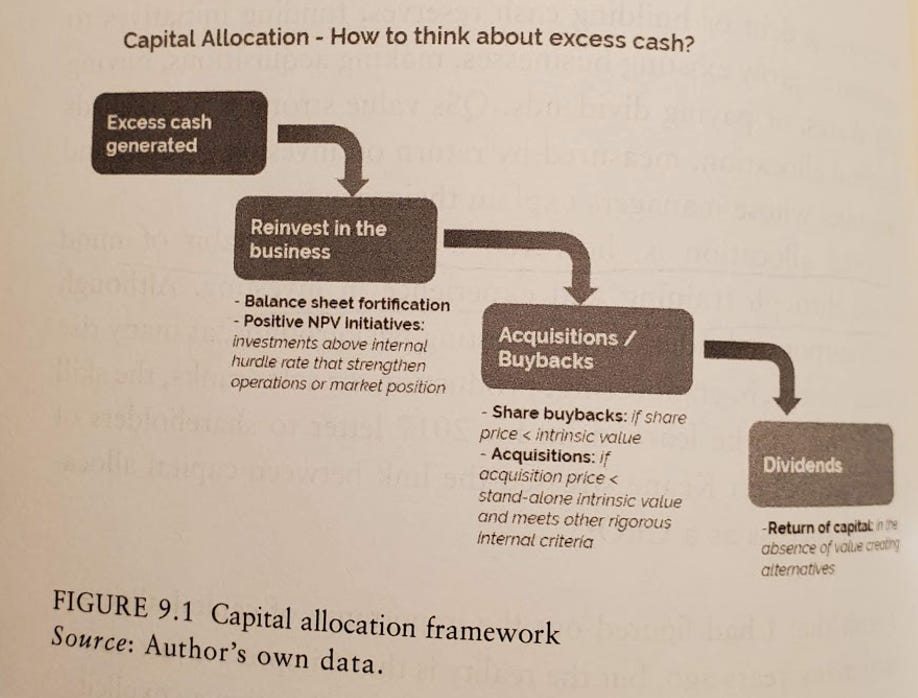
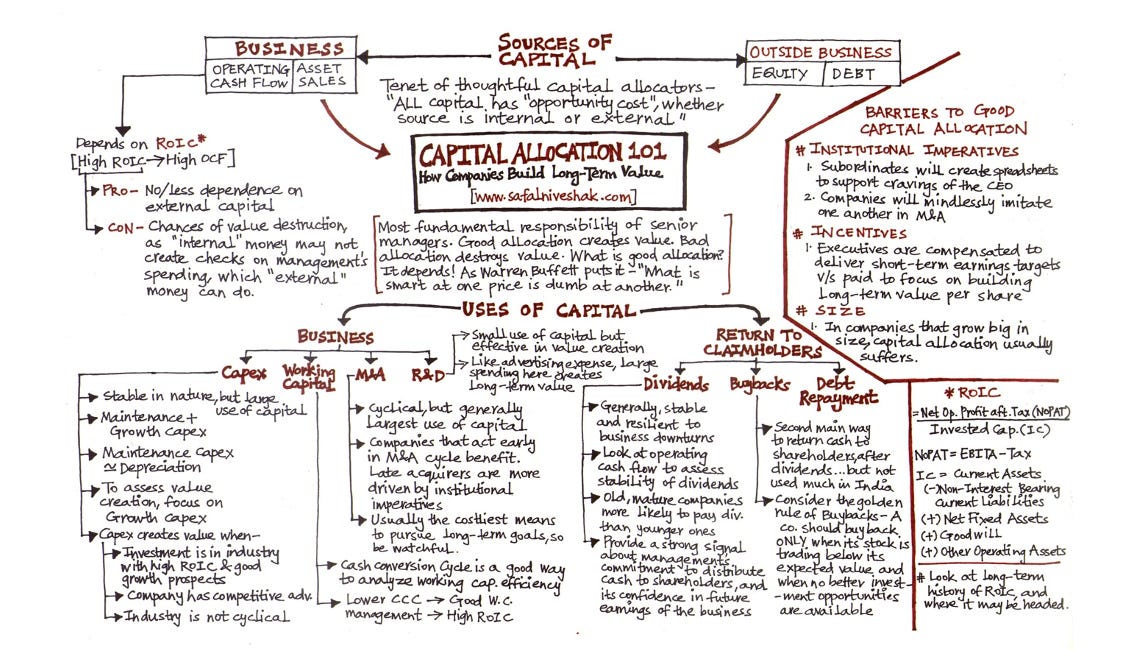
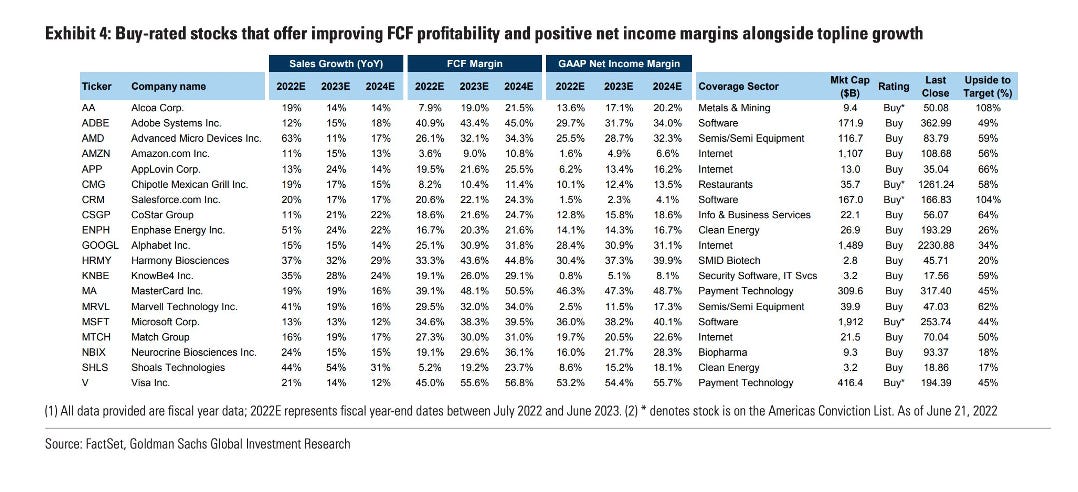
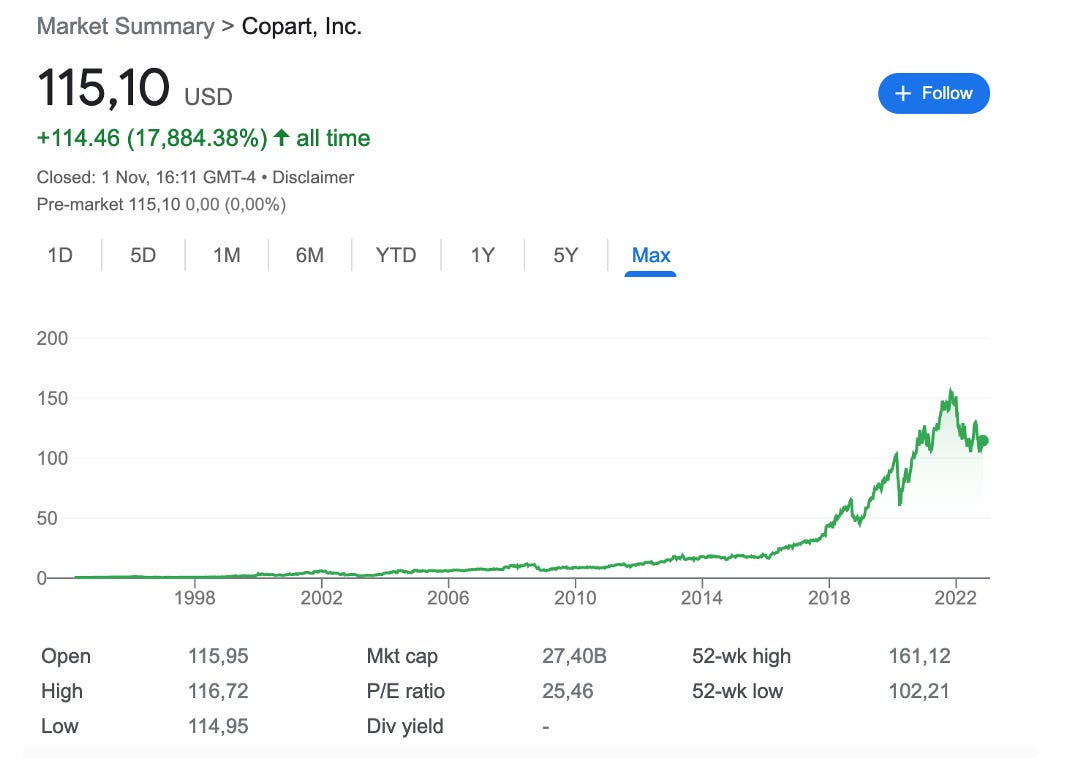
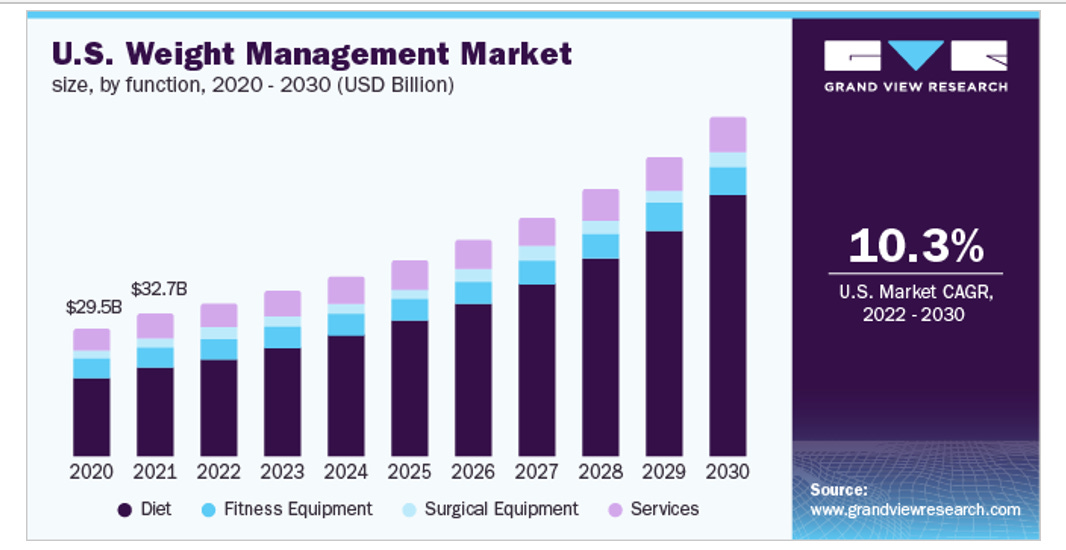
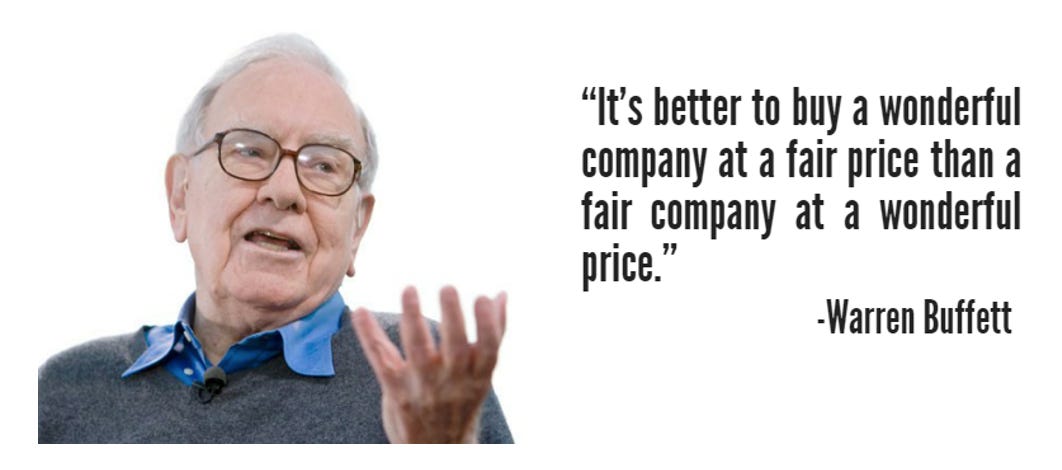
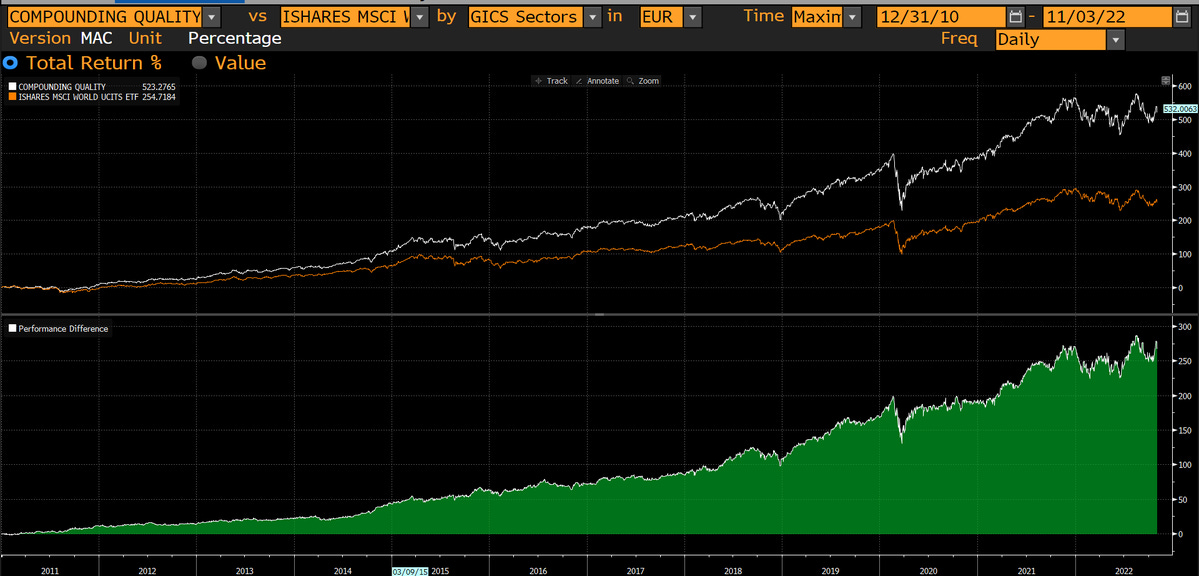
And important post CQ, thanks Kewv
Absolutely loving your content, would you be open to allowing us to share it with our 60k+ audience as well?